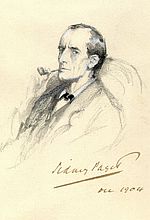And so we come to the end of another week, and the arrival of another snow storm, dear readers. Though I am sure many of your yearn for spring and the chance to garden, or head to the beach, or not wear socks when you go outside, there are some benefits to snow fall. You have a guaranteed, old-as-time excuse to stay in with a book, or dvd, or audiobook, and simply enjoy.
So come into the Library before the flakes begin to fly and pick up one of these new books that have tip-toed onto our shelves this week!

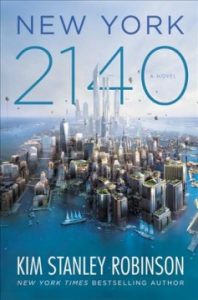 New York 2140: The title of Kim Stanley Robinson’s newest release provides the date and location of the setting right up front. The world itself is one where the ice caps have melted, flooding the earth and turning New York into a submerged city. But humanity adapted, building bridges between skyscraper islands, and developing a new social hierarchy and economy to enable them to thrive. But as the rules of civilization change, a few insightful inhabitants of one residential building will figure out just how those rules can be manipulated, creating ripple effects in this drowned city that will prove that no change is ever permanent, and no evolution is ever complete. This story is as much a cautionary tale for our own time as it is an imagined view of the future, and Robinson’s excellent characters make what could be a terrifying dystopia into something engrossing and entertaining. RT Book Reviews agrees, making this book a Top Pick and saying, “Robinson embraces the darkest visions of the future, mixing it with wry humor, inexhaustible creativity and incorrigible excitement to create a world that is surprisingly recognizable, utterly immersive and unexpectedly hopeful. As much a critique of contemporary capitalism, social mores and timeless human foibles, this energetic, multi-layered narrative is also a model of visionary worldbuilding.”
New York 2140: The title of Kim Stanley Robinson’s newest release provides the date and location of the setting right up front. The world itself is one where the ice caps have melted, flooding the earth and turning New York into a submerged city. But humanity adapted, building bridges between skyscraper islands, and developing a new social hierarchy and economy to enable them to thrive. But as the rules of civilization change, a few insightful inhabitants of one residential building will figure out just how those rules can be manipulated, creating ripple effects in this drowned city that will prove that no change is ever permanent, and no evolution is ever complete. This story is as much a cautionary tale for our own time as it is an imagined view of the future, and Robinson’s excellent characters make what could be a terrifying dystopia into something engrossing and entertaining. RT Book Reviews agrees, making this book a Top Pick and saying, “Robinson embraces the darkest visions of the future, mixing it with wry humor, inexhaustible creativity and incorrigible excitement to create a world that is surprisingly recognizable, utterly immersive and unexpectedly hopeful. As much a critique of contemporary capitalism, social mores and timeless human foibles, this energetic, multi-layered narrative is also a model of visionary worldbuilding.”
 Edgar and Lucy: Victor Lodato, a playwright by training, is, perhaps not surprisingly, a master of dialogue, and that talent serves him very well in this surprising and hypnotizing novel. Eight-year-old Edgar Fini remembers nothing of the accident people still whisper about. He only knows that his father is gone, his mother has a limp, and his grandmother believes in ghosts. When Edgar meets a man with his own tragic story, the boy begins a journey into a secret wilderness where nothing is clear: not even the line between the living and the dead. In order to save her son, Lucy has no choice but to confront the demons of her past. Critics and readers alike have been hailing this book, and calling it addictive and joyful, despite its tough themes, mostly as a result of Lodato’s writing skills. The New York Times Book Review is one such source–their review says, in part, “On every page Lodato’s prose sings with a robust, openhearted wit, making Edgar & Lucy a delight to read…Lodato keeps us in his thrall because his grip on the tiller stays reassuringly firm. Not to mention the supporting cast he’s gathered, a group so eclectic and beguiling that many of them could carry an entire novel of their own. A riveting and exuberant ride.”
Edgar and Lucy: Victor Lodato, a playwright by training, is, perhaps not surprisingly, a master of dialogue, and that talent serves him very well in this surprising and hypnotizing novel. Eight-year-old Edgar Fini remembers nothing of the accident people still whisper about. He only knows that his father is gone, his mother has a limp, and his grandmother believes in ghosts. When Edgar meets a man with his own tragic story, the boy begins a journey into a secret wilderness where nothing is clear: not even the line between the living and the dead. In order to save her son, Lucy has no choice but to confront the demons of her past. Critics and readers alike have been hailing this book, and calling it addictive and joyful, despite its tough themes, mostly as a result of Lodato’s writing skills. The New York Times Book Review is one such source–their review says, in part, “On every page Lodato’s prose sings with a robust, openhearted wit, making Edgar & Lucy a delight to read…Lodato keeps us in his thrall because his grip on the tiller stays reassuringly firm. Not to mention the supporting cast he’s gathered, a group so eclectic and beguiling that many of them could carry an entire novel of their own. A riveting and exuberant ride.”
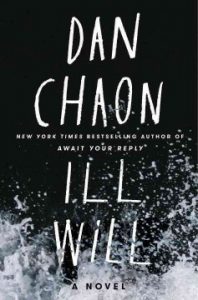 Ill Will: Dan Chaon’s thriller is a fascinating and complex tale of memory, time, and the sins both can hide that is getting a great deal of good press. A psychologist in suburban Cleveland, Dustin is drifting through his forties when he hears the news: His adopted brother, Rusty, is being released from prison. Thirty years ago, Rusty received a life sentence for the massacre of Dustin’s parents, aunt, and uncle. The trial came to epitomize the 1980s hysteria over Satanic cults; despite the lack of physical evidence, the jury believed the outlandish accusations Dustin and his cousin made against Rusty. Now, after DNA analysis has overturned the conviction, Dustin braces for a reckoning. Meanwhile, one of Dustin’s patients has been plying him with stories of the drowning deaths of a string of drunk college boys. At first Dustin dismisses his patient’s suggestions that a serial killer is at work as paranoid thinking, but as the two embark on an amateur investigation, Dustin starts to believe that there’s more to the deaths than coincidence. Soon he becomes obsessed, crossing all professional boundaries—and putting his own family in harm’s way. Chaon walks a tightrope here between horror and mystery, keeping the tension good and tight from the outset of this story, resulting in a book that that Chicago Tribune called “Powerfully unsettling . . . There’s a lot going on under the surface of Ill Will—more than one reading will reveal. Going back and reading this oddly compelling book again will only provide more pleasure.”
Ill Will: Dan Chaon’s thriller is a fascinating and complex tale of memory, time, and the sins both can hide that is getting a great deal of good press. A psychologist in suburban Cleveland, Dustin is drifting through his forties when he hears the news: His adopted brother, Rusty, is being released from prison. Thirty years ago, Rusty received a life sentence for the massacre of Dustin’s parents, aunt, and uncle. The trial came to epitomize the 1980s hysteria over Satanic cults; despite the lack of physical evidence, the jury believed the outlandish accusations Dustin and his cousin made against Rusty. Now, after DNA analysis has overturned the conviction, Dustin braces for a reckoning. Meanwhile, one of Dustin’s patients has been plying him with stories of the drowning deaths of a string of drunk college boys. At first Dustin dismisses his patient’s suggestions that a serial killer is at work as paranoid thinking, but as the two embark on an amateur investigation, Dustin starts to believe that there’s more to the deaths than coincidence. Soon he becomes obsessed, crossing all professional boundaries—and putting his own family in harm’s way. Chaon walks a tightrope here between horror and mystery, keeping the tension good and tight from the outset of this story, resulting in a book that that Chicago Tribune called “Powerfully unsettling . . . There’s a lot going on under the surface of Ill Will—more than one reading will reveal. Going back and reading this oddly compelling book again will only provide more pleasure.”
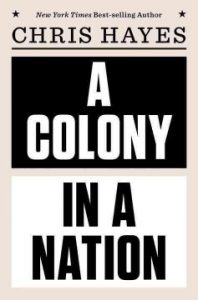 A Colony in a Nation: From the editor of The Nation, Chris Hayes, comes a book about crime in America, about the way in which we think about crimes and criminals, and proposed a new way of thinking about the American justice system that incorporates race, economics, and location in wholly unique ways, and asks how a country founded on justice now looks like something uncomfortably close to a police state. Examining the surge in crime that began in Nixon’s America and peaked in the 1990s, and the unprecedented decline that followed, Hayes draws on close-hand reporting at flashpoints of racial conflict, as well as deeply personal experiences with policing; from the influential “broken windows” theory to the “squeegee men” of late-1980s Manhattan, this book shows how fear causes us to make dangerous and unfortunate choices, both in our society and at the personal level. With great empathy, Hayes seeks to understand the challenges of policing communities haunted by the omnipresent threat of guns and, surprising, offers hope by locating examples of justice and the potential for positive change. Activists, academics, and everyday readers alike have praised Hayes’ work, and The Christian Science Monitor writes “Hayes is a forceful and eloquent writer…. He offers a clear and useful framework for understanding the current dysfunctions of American society. It’s a brilliant diagnosis, [and] more urgent than ever.”
A Colony in a Nation: From the editor of The Nation, Chris Hayes, comes a book about crime in America, about the way in which we think about crimes and criminals, and proposed a new way of thinking about the American justice system that incorporates race, economics, and location in wholly unique ways, and asks how a country founded on justice now looks like something uncomfortably close to a police state. Examining the surge in crime that began in Nixon’s America and peaked in the 1990s, and the unprecedented decline that followed, Hayes draws on close-hand reporting at flashpoints of racial conflict, as well as deeply personal experiences with policing; from the influential “broken windows” theory to the “squeegee men” of late-1980s Manhattan, this book shows how fear causes us to make dangerous and unfortunate choices, both in our society and at the personal level. With great empathy, Hayes seeks to understand the challenges of policing communities haunted by the omnipresent threat of guns and, surprising, offers hope by locating examples of justice and the potential for positive change. Activists, academics, and everyday readers alike have praised Hayes’ work, and The Christian Science Monitor writes “Hayes is a forceful and eloquent writer…. He offers a clear and useful framework for understanding the current dysfunctions of American society. It’s a brilliant diagnosis, [and] more urgent than ever.”
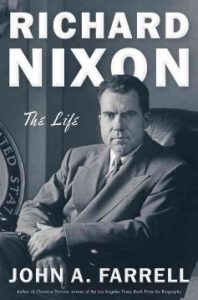 Richard Nixon: A Life: And speaking of Nixon, John Farrell’s new biography makes a case that we are living in the world he created, emphasizing the importance of Nixon’s presidency as a whole. Nixon’s sins as a candidate were legion; and in one unlawful secret plot, as Farrell reveals here, Nixon acted to prolong the Vietnam War for his own political purposes. Finally elected president in 1969, Nixon packed his staff with bright young men who devised forward-thinking reforms addressing health care, welfare, civil rights, and protection of the environment. But Nixon aspired to make his mark on the world stage instead, and his 1972 opening to China was the first great crack in the Cold War. He also left America divided and polarized. His bombing of Cambodia and Laos enraged the antiwar movement. It was Nixon who launched the McCarthy era, who played white against black with a “southern strategy,” and spurred the Silent Majority to despise and distrust the country’s elites. Ever insecure and increasingly paranoid, he persuaded Americans to gnaw, as he did, on grievances—and to look at one another as enemies. Finally, in August 1974, after two years of the mesmerizing intrigue and scandal of Watergate, Nixon became the only president to resign in disgrace. Farrell shows us not only the man in the office, but the country that developed around him, making for a fascinating counterpoint to our own political observations. Kirkus Review gave this work a starred review, calling it “Full of fresh, endlessly revealing insights into Nixon’s political career, less on the matter of his character, refreshingly, than on the events that accompanied and resulted from it.”
Richard Nixon: A Life: And speaking of Nixon, John Farrell’s new biography makes a case that we are living in the world he created, emphasizing the importance of Nixon’s presidency as a whole. Nixon’s sins as a candidate were legion; and in one unlawful secret plot, as Farrell reveals here, Nixon acted to prolong the Vietnam War for his own political purposes. Finally elected president in 1969, Nixon packed his staff with bright young men who devised forward-thinking reforms addressing health care, welfare, civil rights, and protection of the environment. But Nixon aspired to make his mark on the world stage instead, and his 1972 opening to China was the first great crack in the Cold War. He also left America divided and polarized. His bombing of Cambodia and Laos enraged the antiwar movement. It was Nixon who launched the McCarthy era, who played white against black with a “southern strategy,” and spurred the Silent Majority to despise and distrust the country’s elites. Ever insecure and increasingly paranoid, he persuaded Americans to gnaw, as he did, on grievances—and to look at one another as enemies. Finally, in August 1974, after two years of the mesmerizing intrigue and scandal of Watergate, Nixon became the only president to resign in disgrace. Farrell shows us not only the man in the office, but the country that developed around him, making for a fascinating counterpoint to our own political observations. Kirkus Review gave this work a starred review, calling it “Full of fresh, endlessly revealing insights into Nixon’s political career, less on the matter of his character, refreshingly, than on the events that accompanied and resulted from it.”
Until next week, beloved patrons–happy reading!

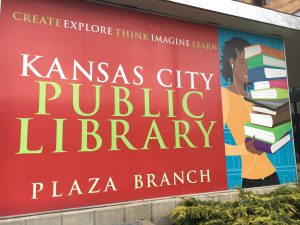

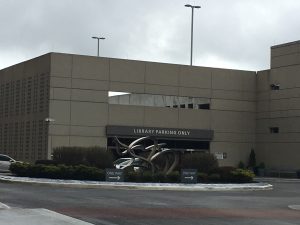
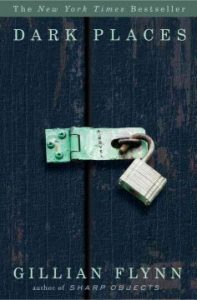 Dark Places
Dark Places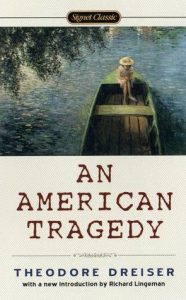 An American Tragedy
An American Tragedy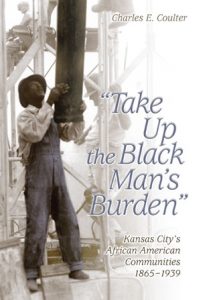
 The Creativity Lab
The Creativity Lab Conversation Circles
Conversation Circles Discussion Programs:
Discussion Programs: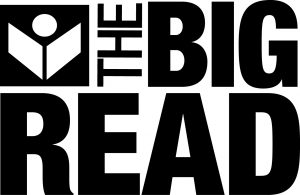 The Big Read
The Big Read Sometimes, other people are able to say what we long to express better and more eloquently than we could hope to. This is one of those times. Other awesome librarians throughout MA have shared this article from Bustle which lists
Sometimes, other people are able to say what we long to express better and more eloquently than we could hope to. This is one of those times. Other awesome librarians throughout MA have shared this article from Bustle which lists 

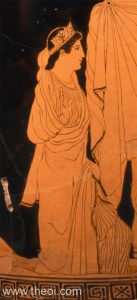 Persephone, of the Greek Pantheon
Persephone, of the Greek Pantheon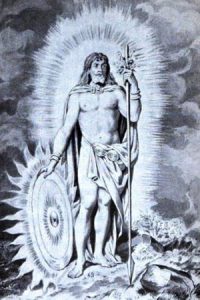 Baldur, of the Norse pantheon
Baldur, of the Norse pantheon The Legend of the Blue Corm Maiden, from the Hopi People
The Legend of the Blue Corm Maiden, from the Hopi People 
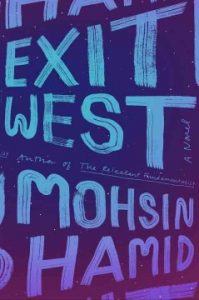
 Lola
Lola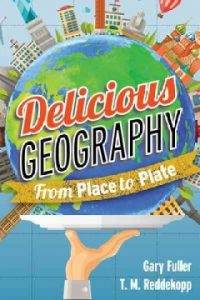 Delicious Geography
Delicious Geography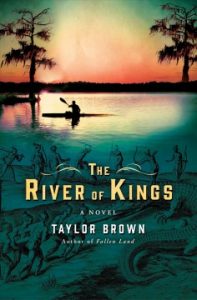 The River of Kings
The River of Kings
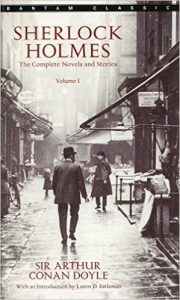 I found my first
I found my first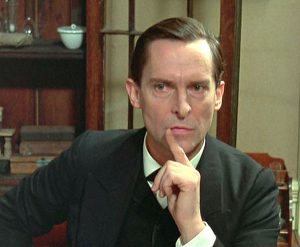
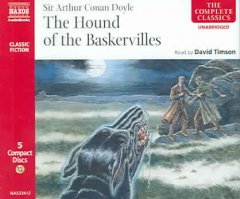 I did my junior semester abroad in London, and trust me when I tell you I was living in the creepiest, most unsanitary, and poorly insulated dorm room you can imagine, with some of the least personable people this side of a sitcom. But I had Holmes. And I had
I did my junior semester abroad in London, and trust me when I tell you I was living in the creepiest, most unsanitary, and poorly insulated dorm room you can imagine, with some of the least personable people this side of a sitcom. But I had Holmes. And I had 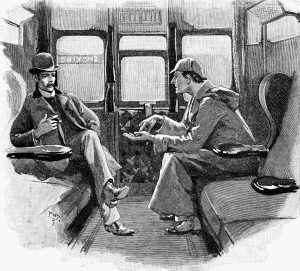 In grad school, I became slightly notorious for bringing Sherlock Holmes into every class I took. Because to know Sherlock Holmes means to understand the tensions within the British Empire. It means understanding a bit about the Victorian legal system, about social customs and attitudes, and about gender relations. It also means understanding the impact of railways and travel on the average person in history. And I made my students read a few Holmes stories for themselves, because they are more fun than a textbook, and more enlightening than my lectures in many respects. In every case, Holmes was a kind of security blanket for me, easing me into a new, and potentially scary situation by being that familiar, that constant friend, that fixed point in a changing age.
In grad school, I became slightly notorious for bringing Sherlock Holmes into every class I took. Because to know Sherlock Holmes means to understand the tensions within the British Empire. It means understanding a bit about the Victorian legal system, about social customs and attitudes, and about gender relations. It also means understanding the impact of railways and travel on the average person in history. And I made my students read a few Holmes stories for themselves, because they are more fun than a textbook, and more enlightening than my lectures in many respects. In every case, Holmes was a kind of security blanket for me, easing me into a new, and potentially scary situation by being that familiar, that constant friend, that fixed point in a changing age.